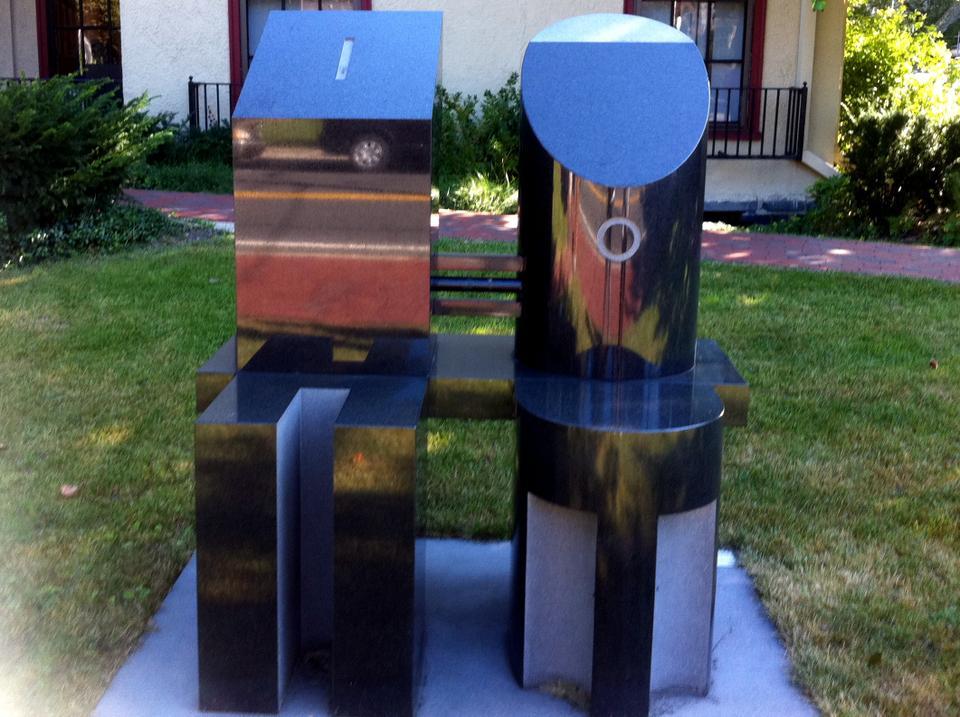The Thrones of Garden Street

Students commuting to and from the Quad pass the black granite sculpture every day with hardly a second thought. Few are aware that the two connected ornamental seats in front of the Longy School of Music on Garden Street are intended as interactive art.
Unlike the look-don't-touch aura that surrounds most sculpture, these stone thrones, called "King and Queen," are meant to be sat on. You—and perhaps your date—can feel like royalty as you watch cars and bikes glide down Garden Street.
According to the plaque at the base of the sculpture, "King and Queen" was made by David Bakalar in 1987. In that time, it has rarely been used as a seat.
"I've worked at Longy for seven years [and] I was a student here prior. I don't know if I've ever noticed anyone sitting," said Ruth E. Blackburn, executive assistant to the dean of Longy. "I've seen kids climb on it."
Out of 50 passersby on Monday morning, 35 people did not notice the sculpture at all, and 15 said they had seen it but did not think of sitting on it.
Sebastian K. Gehrig, a professor at Heidelberg University in Germany doing research in Cambridge, said that although he walks past the sculpture at least once a day, "I didn't notice it."
Once he did contemplate the piece, he said it looked less like a chair than "something to decorate." But he liked the idea. "It's nice to have something to sit on. In front of an entrance, if you wait for something, you usually try to find a seat."
Even if the purpose of "King and Queen" isn't quite obvious, Blackburn praised the concept of a statue for sitting. "You're actually touching it, thinking, here I am interacting with this piece of art. You contemplate matters you hadn’t thought about before just because you are in a different position. I guess that’s what art does. It provokes thought," she said.

